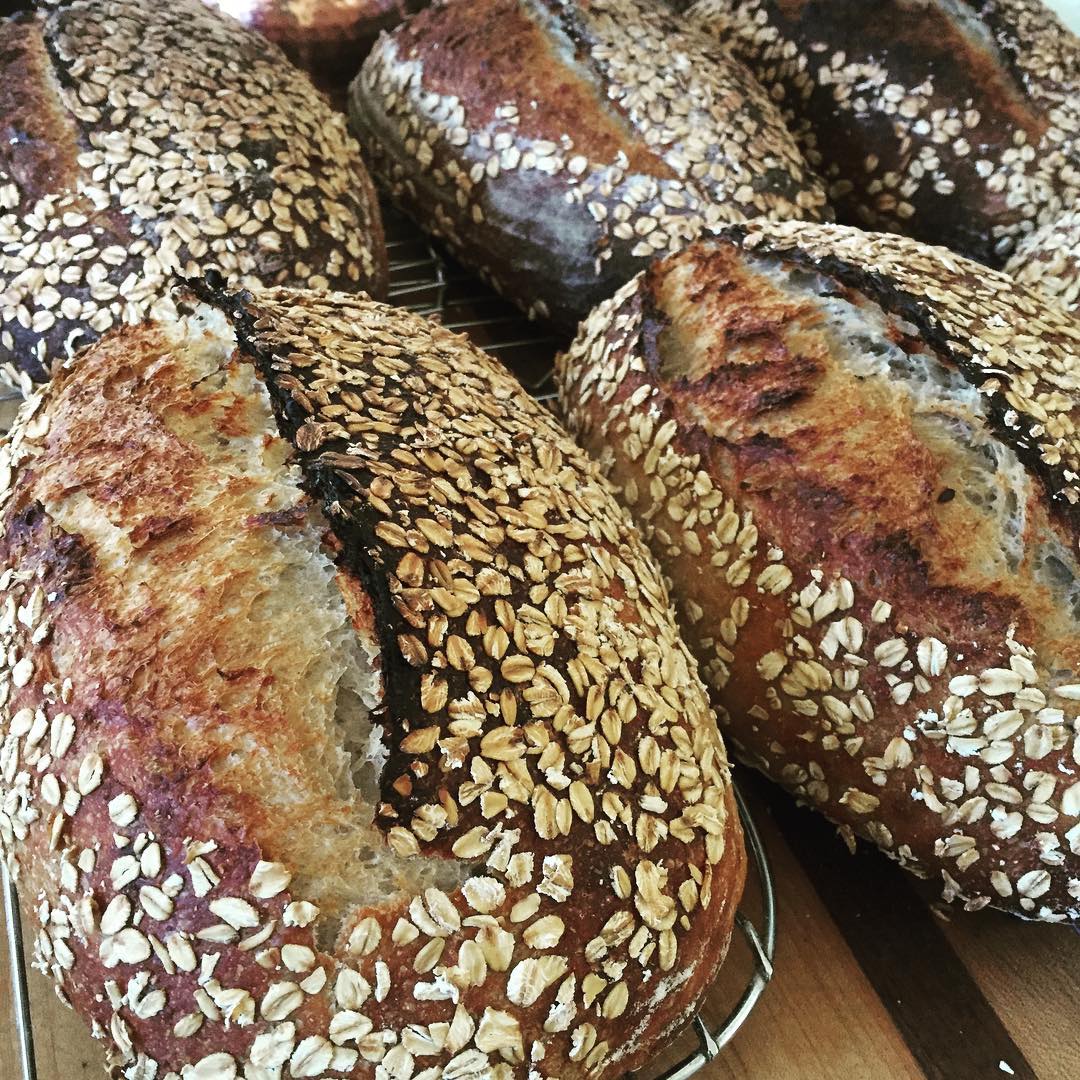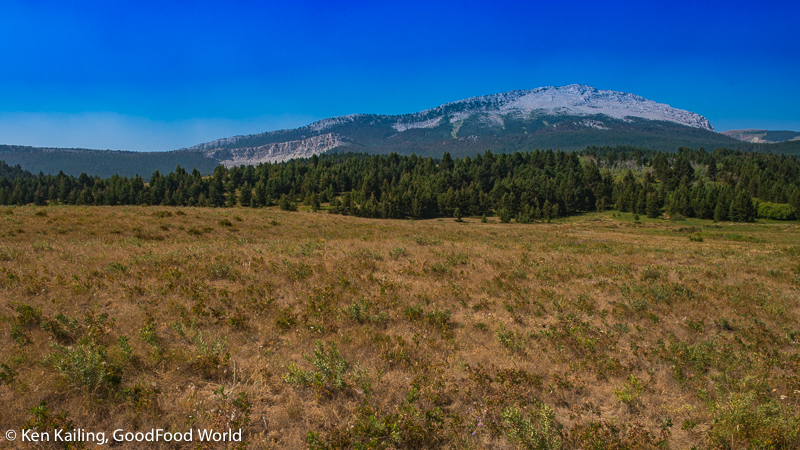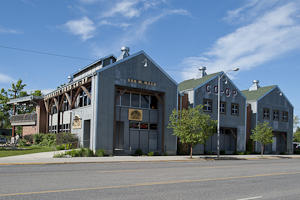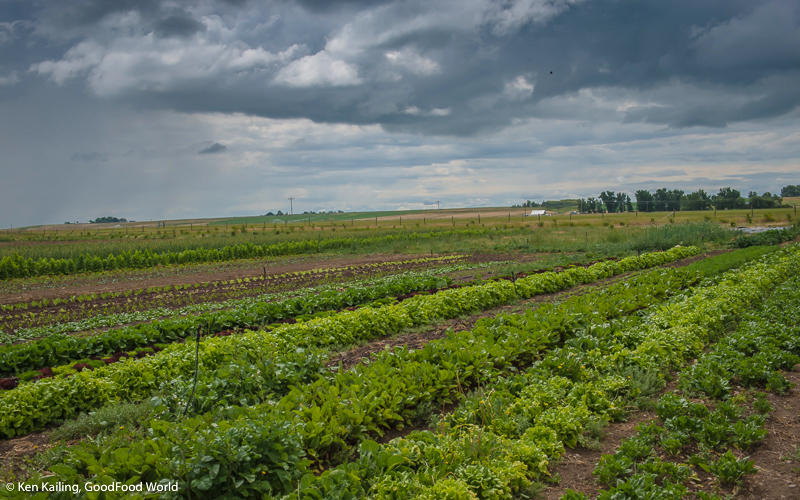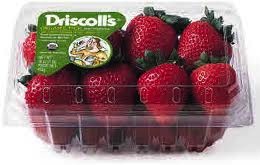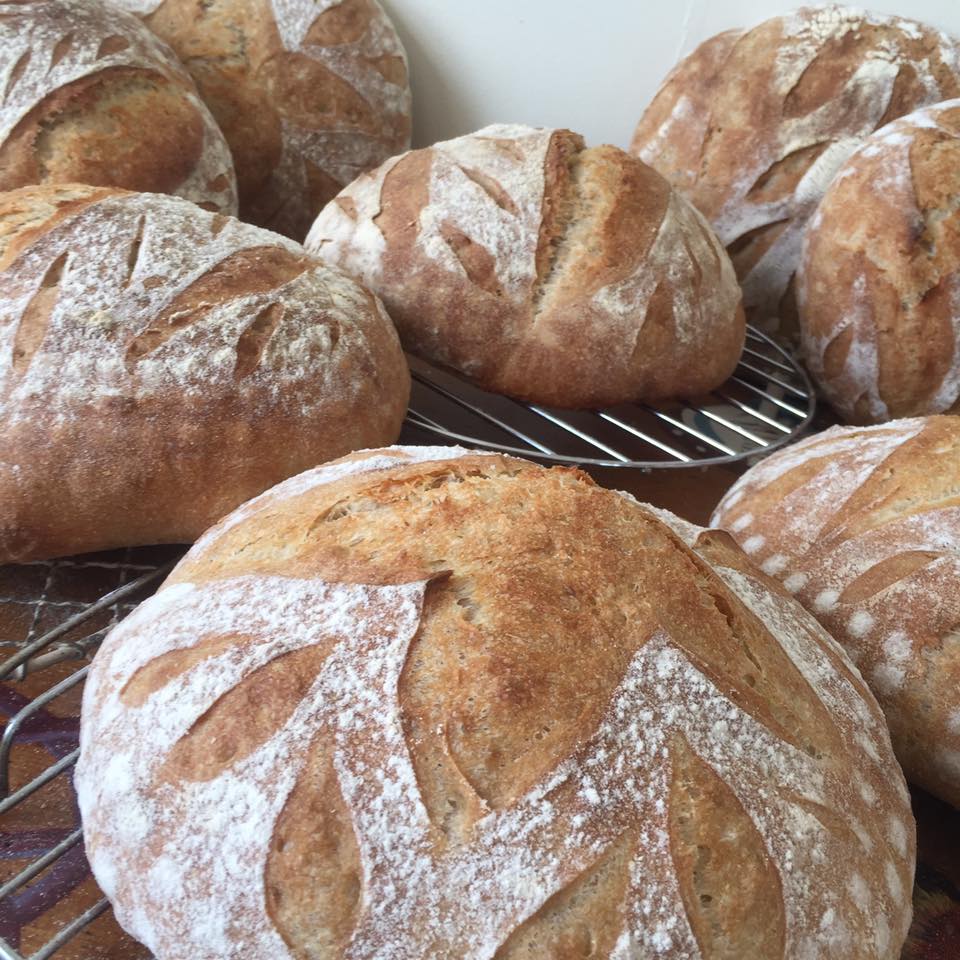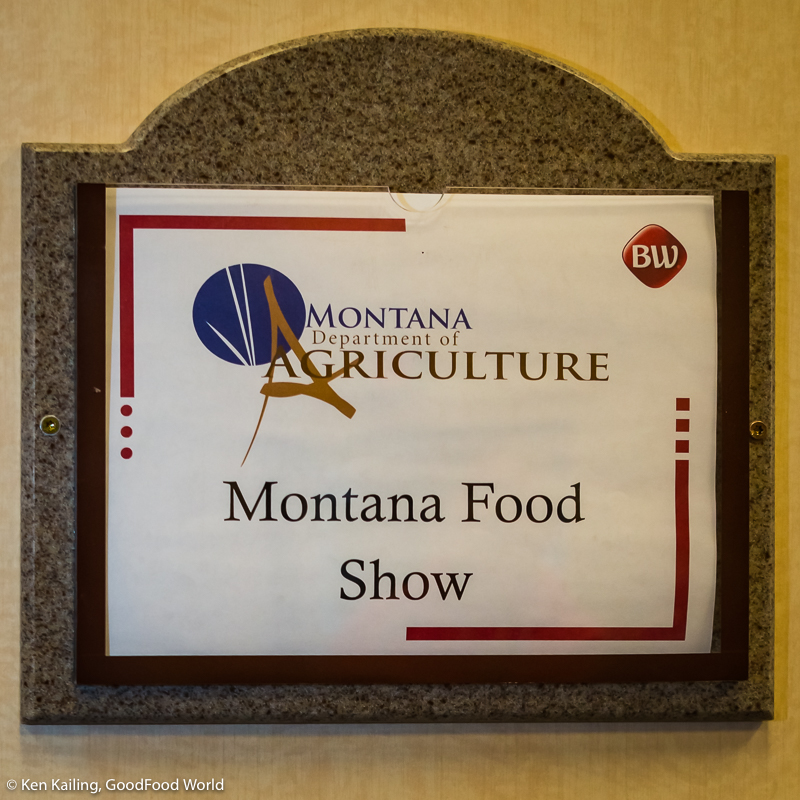Our Daily Bread: It Takes Farmers, Millers, and Bakers
Most of the US forgets – or is simply ignorant of the fact – that the Northern Great Plains are a major part of the nation’s “bread basket.” They’ve been raised to think that wheat comes from Kansas. Our goal at GoodFood World is to stimulate discussion by reporting on the critical issues affecting the production and use of organic wheat and other grains, especially the challenges to small-scale organic family farms, millers, and bakers.

